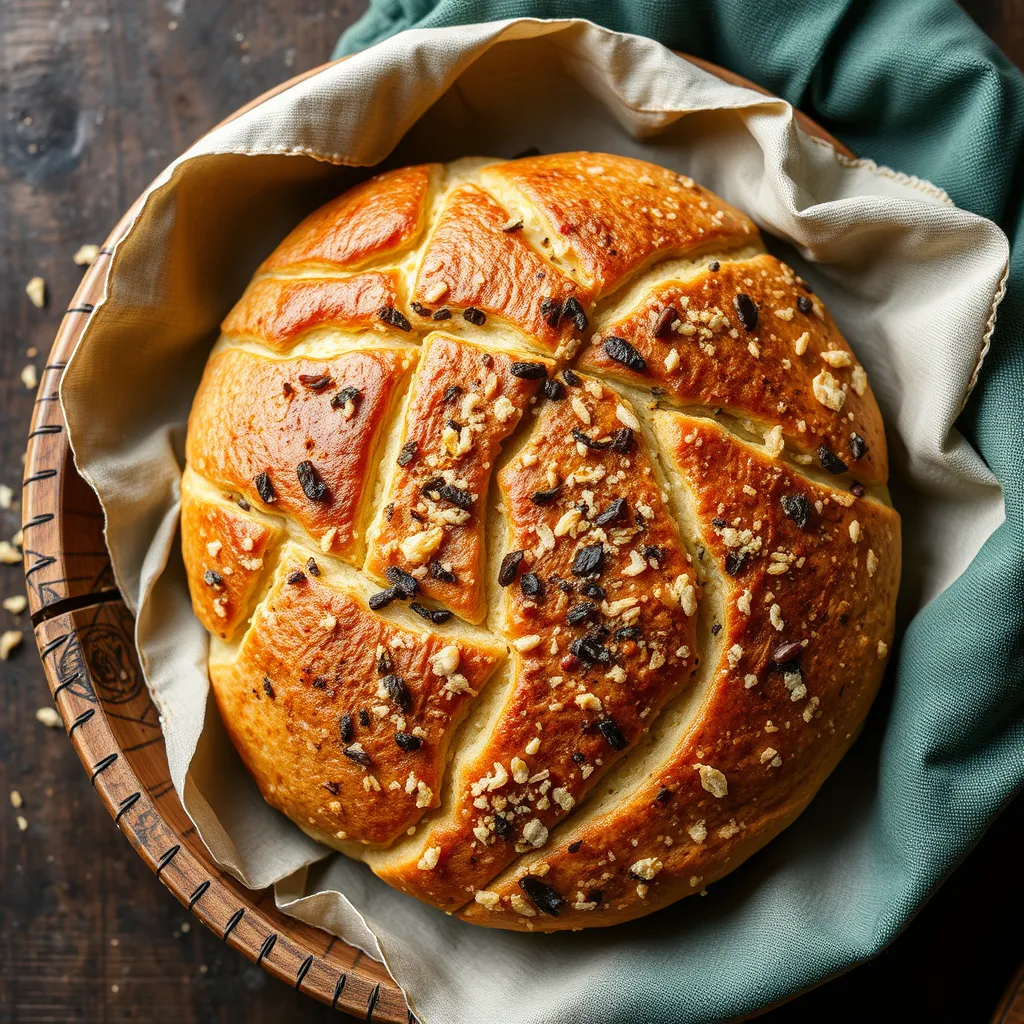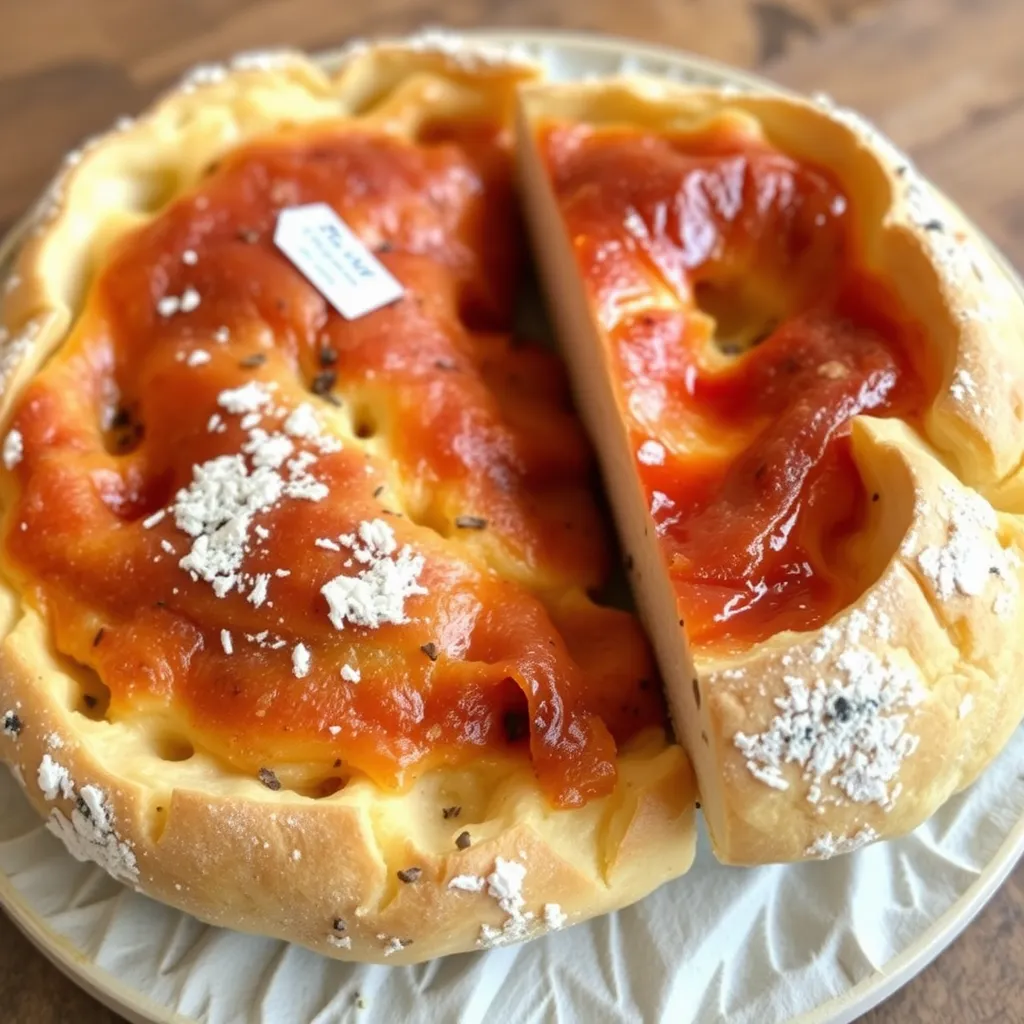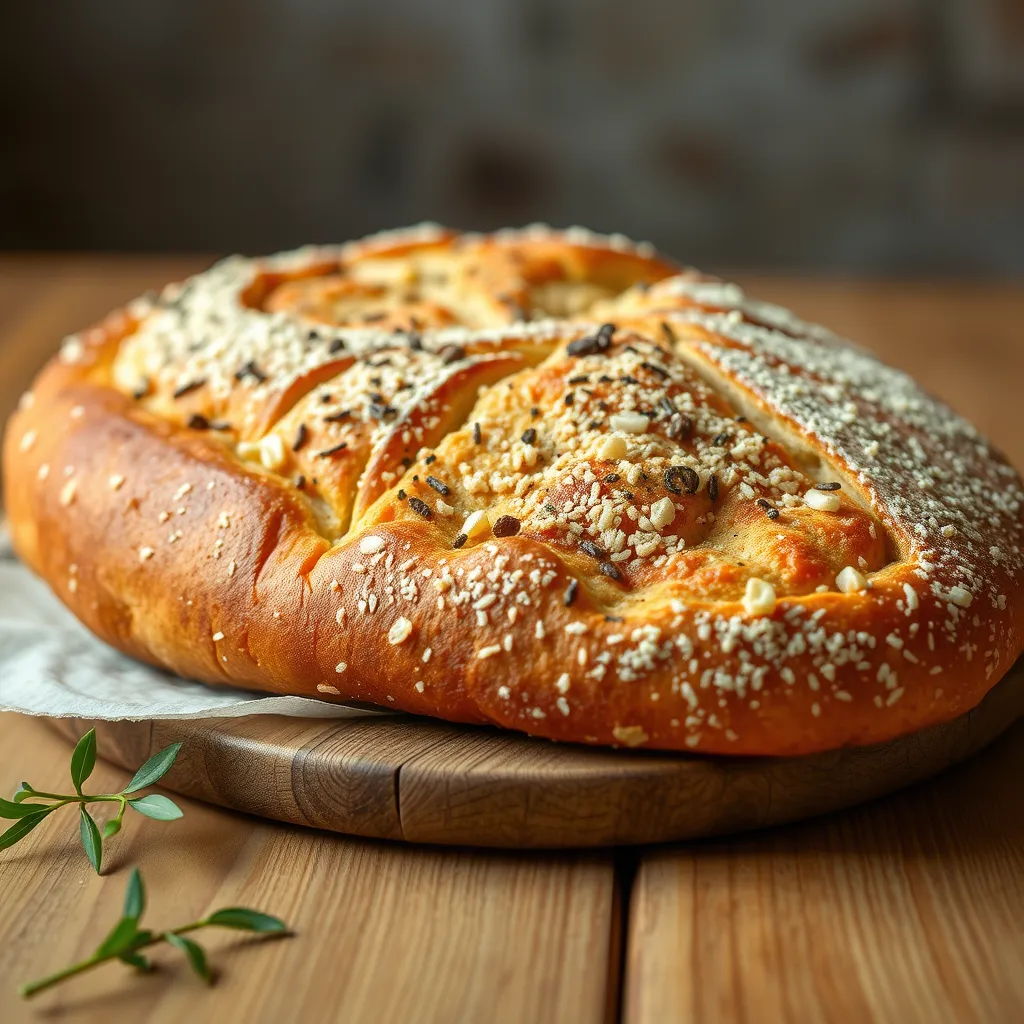Turkish bread is a versatile, flavorful, and iconic part of Turkish cuisine that has gained popularity worldwide. Known for its light, airy texture and delicious taste, Turkish bread is perfect for pairing with a variety of dishes, from soups and stews to kebabs and dips. There are several types of Turkish bread, each with its own unique characteristics and regional variations.
In this article, we’ll explore the different types of Turkish bread, their history, how to make one of the most popular types at home, and some serving suggestions that will elevate your dining experience.
Types of Turkish Bread

Turkey boasts a rich culinary tradition, and bread plays an integral role in every meal. Here are a few of the most popular types of Turkish bread:
1. Pide
One of the most well-known Turkish breads, pide is a soft, slightly chewy flatbread with a boat-like shape. It’s commonly used as a base for toppings like cheese, minced meat, and vegetables, making it the Turkish equivalent of pizza. Pide can also be served plain with meals or used to scoop up savory dips like hummus or baba ganoush.
2. Lavaş (Lavash)
Lavaş is a thin, soft flatbread often used as a wrap for kebabs and grilled meats. Its pliable texture makes it perfect for wrapping up ingredients, and it’s often served warm alongside dishes like shish kebabs or döner. Lavash can be made in both thicker and thinner versions, with the thinner ones more commonly used as wraps.
3. Simit
Simit is often referred to as the Turkish bagel. It’s a circular bread encrusted with sesame seeds and has a crispy exterior with a soft, slightly chewy inside. Simit is typically enjoyed as a breakfast bread, often paired with cheese, olives, tomatoes, and tea. You’ll often find street vendors selling simit throughout Turkey.
4. Bazlama
Bazlama is a type of Turkish flatbread that’s thick and fluffy, similar to a cross between a pita and naan. It has a soft, doughy texture and is traditionally cooked on a griddle. Bazlama is perfect for dipping into stews or curries and can also be used to make delicious sandwiches.
5. Yufka
Yufka is a very thin type of flatbread that’s often used to make the famous Turkish pastry börek. It’s similar to phyllo dough and is used to layer ingredients like cheese, spinach, or minced meat before being baked or fried. Yufka can also be served fresh as a wrap.
The History of Turkish Bread
Bread holds significant importance in Turkish culture and history, dating back to the ancient civilizations that inhabited the Anatolian region. The tradition of bread-making in Turkey is believed to have originated with the Ottoman Empire, where various types of bread were consumed by all social classes, from the sultans to the common people.
Over the centuries, Turkish bakers perfected the art of bread-making, incorporating a variety of ingredients and techniques. As a result, Turkish bread became an essential part of daily life, offering a staple that could be paired with any meal, from simple breakfasts to elaborate feasts.
Health Benefits of Turkish Bread
While Turkish bread is undoubtedly delicious, it also offers several health benefits, depending on the ingredients used:
- Whole grains: Many types of Turkish bread, particularly those made with whole wheat flour, are a good source of complex carbohydrates, which provide long-lasting energy.
- Fiber: Bread varieties like pide and lavash made from whole grain flour can be a source of dietary fiber, aiding digestion and helping maintain a healthy weight.
- Low in sugar: Unlike many commercial bread products, traditional Turkish bread tends to be low in sugar, making it a healthier option for those looking to reduce sugar intake.
How to Make Turkish Pide Bread at Home

One of the easiest and most popular Turkish breads to make at home is pide. Follow this simple recipe for homemade Turkish pide bread:
Ingredients:
- 500g all-purpose flour
- 1 teaspoon salt
- 1 tablespoon sugar
- 1 tablespoon dry yeast
- 300ml warm water
- 3 tablespoons olive oil
- Sesame seeds and Nigella seeds for topping
- 1 egg yolk for glazing
Instructions:
Step 1: Prepare the Dough
In a large mixing bowl, combine the flour, salt, and sugar. In a separate small bowl, dissolve the yeast in warm water and let it sit for about 5 minutes until it becomes frothy. Pour the yeast mixture into the dry ingredients, add the olive oil, and knead the dough for about 10 minutes until smooth and elastic.
Step 2: Let the Dough Rise
Cover the dough with a clean cloth and let it rise in a warm place for about 1-2 hours, or until it doubles in size.
Step 3: Shape the Pide
Once the dough has risen, punch it down and divide it into two equal portions. Shape each portion into a flat, oval shape (about 1 cm thick) on a floured surface.
Step 4: Add Toppings
Place the shaped dough on a baking sheet lined with parchment paper. Brush the top with egg yolk, then sprinkle with sesame seeds and Nigella seeds for added flavor and texture.
Step 5: Bake
Preheat your oven to 200°C (390°F). Bake the pide for 20-25 minutes, or until the bread is golden brown on top and cooked through.
Step 6: Serve
Once baked, let the pide cool slightly before serving. Enjoy it warm with butter, or serve it alongside a hearty meal.
Serving Suggestions for Turkish Bread
Turkish bread is incredibly versatile and can be served in many different ways. Here are a few serving suggestions to inspire you:
1. With Dips
Turkish bread pairs beautifully with dips like hummus, baba ganoush, and labneh. The soft, fluffy texture of the bread makes it perfect for scooping up creamy, flavorful dips.
2. As a Wrap
Use lavash or yufka bread to create wraps filled with grilled meats, vegetables, and sauces. Turkish kebabs, shawarma, or falafel are excellent fillings for these types of bread.
3. For Sandwiches
Simit and bazlama make excellent sandwich bases. Fill them with Turkish cheese, cucumbers, tomatoes, olives, and a drizzle of olive oil for a simple yet satisfying meal.
4. With Meze Platters
Turkish bread is a perfect accompaniment to a traditional meze platter, which includes small plates of appetizers like stuffed grape leaves, olives, cheese, and grilled vegetables.
Conclusion: Why Turkish Bread is a Must-Try
Turkish bread is a delicious and essential part of Turkish cuisine that adds flavor and texture to any meal. Whether you’re enjoying pide with a side of soup, wrapping up your favorite kebab in lavash, or indulging in a simit with tea, Turkish bread brings a taste of Turkey to your table.
Making your own Turkish bread at home is simple and rewarding, offering a chance to experience the rich culinary traditions of Turkey. Try one of these delicious breads today, and you’ll see why it has become a beloved staple worldwide!

